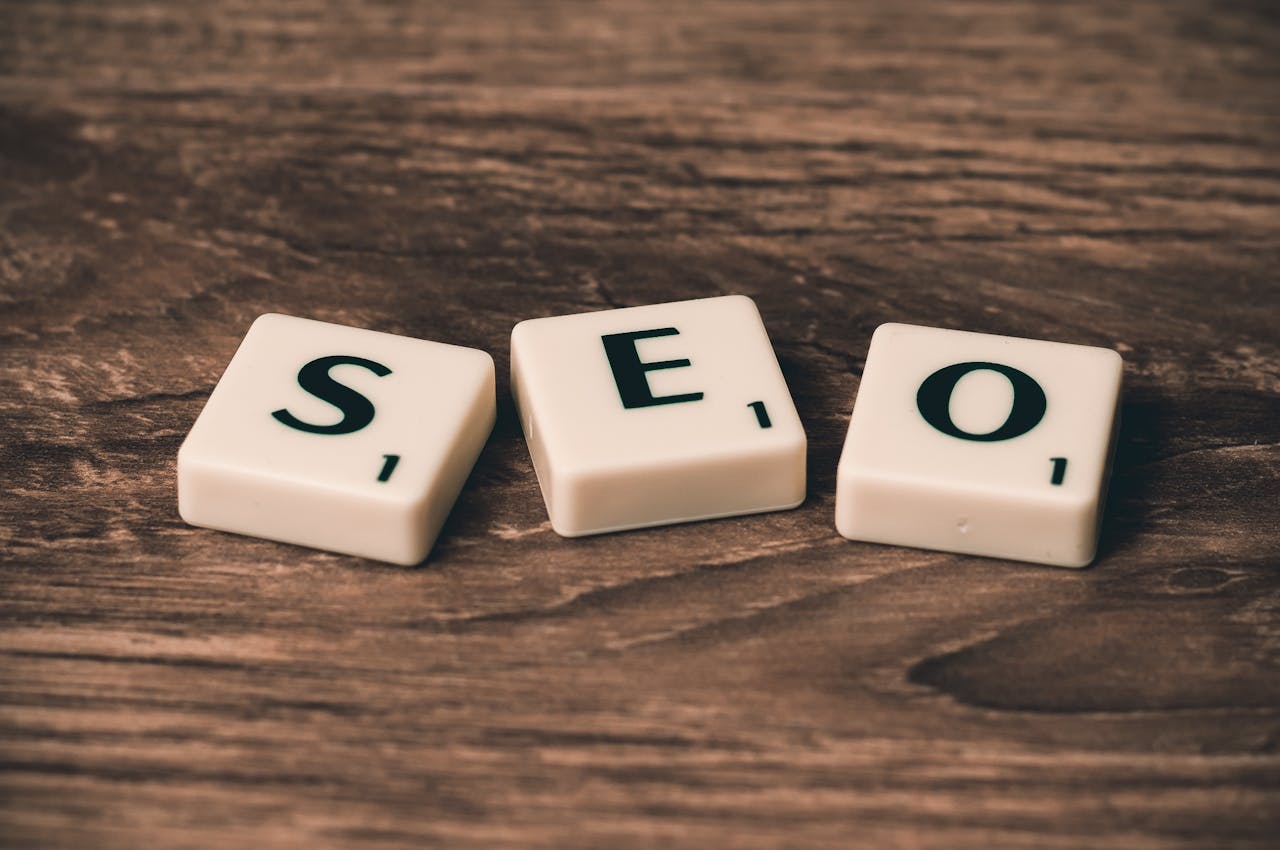In today’s fast-paced digital world, businesses must adapt to the ever-changing landscape to stay relevant and competitive. One of the most effective ways to do this is through digital marketing. With more consumers spending time online, digital marketing provides an unparalleled opportunity to reach, engage, and convert customers. But what exactly is digital marketing, and how can it help your business grow? In this blog post, we’ll explore the fundamentals of digital marketing, delve into various strategies, and offer tips on how to build a successful marketing campaign that drives results.
What is Digital Marketing?
Digital marketing refers to the use of digital channels and technologies to promote products or services to potential customers. It encompasses a wide range of tactics, including search engine optimization (SEO), social media marketing, email marketing, content marketing, pay-per-click (PPC) advertising, and more. The primary goal of digital marketing is to connect with your audience where they spend their time online and to convert that interaction into valuable business outcomes.
Why Digital Marketing is Essential for Businesses
- Wider Reach: Unlike traditional marketing methods, digital marketing allows businesses to reach a global audience. With billions of people using the internet daily, digital marketing provides an opportunity to connect with potential customers regardless of location.
- Cost-Effective: Digital marketing is often more cost-effective than traditional marketing. Tactics such as SEO, content marketing, and social media marketing can yield high returns on a relatively low budget. This makes digital marketing accessible to businesses of all sizes, from startups to large enterprises.
- Measurable Results: One of the biggest advantages of digital marketing is the ability to track and measure results in real time. Tools like Google Analytics, social media insights, and email marketing software provide valuable data on user behavior, engagement, and conversion rates, allowing businesses to optimize their strategies for better results.
- Targeted Marketing: Digital marketing enables highly targeted campaigns. Businesses can segment their audience based on factors like age, location, interests, and online behavior, ensuring their marketing messages reach the right people at the right time.
- Improves Customer Engagement: Digital marketing provides numerous platforms for businesses to interact with their audience, such as social media, email, and blogs. This interaction helps build relationships, foster customer loyalty, and enhance brand reputation.
Key Digital Marketing Strategies for Business Success
1. Search Engine Optimization (SEO)
SEO is the practice of optimizing your website to rank higher in search engine results pages (SERPs). This increases your site’s visibility to users searching for keywords related to your business. Key components of SEO include:
- Keyword Research: Identifying and targeting the right keywords is crucial for SEO success. Use tools like Google Keyword Planner or SEMrush to find keywords that are relevant to your business and have good search volume.
- On-Page Optimization: Optimize your website’s content, meta tags, headings, and images for target keywords. Ensure your site is user-friendly, mobile-responsive, and has fast loading times.
- Off-Page Optimization: Build high-quality backlinks from reputable websites to improve your site’s authority and ranking. Engage in guest blogging, social media sharing, and influencer collaborations to boost your off-page SEO efforts.
2. Content Marketing
Content marketing involves creating and sharing valuable, relevant, and consistent content to attract and engage your target audience. Types of content include blog posts, articles, videos, infographics, podcasts, and more. Effective content marketing helps establish your brand as an authority in your industry, improves SEO, and drives traffic to your website.
- Develop a Content Strategy: Identify your target audience, set clear goals, and create a content calendar to plan and schedule your content. Ensure your content aligns with your brand message and provides value to your audience.
- Promote Your Content: Use social media, email newsletters, and paid advertising to promote your content and reach a wider audience. Encourage sharing and engagement to amplify your content’s reach.
3. Social Media Marketing
Social media platforms like Facebook, Instagram, Twitter, LinkedIn, and TikTok provide valuable opportunities to connect with your audience, build brand awareness, and drive traffic to your website. Social media marketing involves creating and sharing content on these platforms, engaging with followers, and running paid advertisements.
- Choose the Right Platforms: Focus on social media platforms where your target audience is most active. Each platform has its unique strengths, so tailor your content and approach accordingly.
- Engage with Your Audience: Respond to comments, messages, and mentions to foster a sense of community and build relationships with your followers. Regular engagement can help increase brand loyalty and customer satisfaction.
4. Pay-Per-Click (PPC) Advertising
PPC advertising is a digital marketing strategy where businesses pay a fee each time their ad is clicked. Platforms like Google Ads and Facebook Ads allow businesses to run targeted campaigns based on keywords, demographics, interests, and more. PPC is an effective way to drive traffic to your website quickly and generate leads.
- Set Clear Goals: Define what you want to achieve with your PPC campaigns, whether it’s increasing website traffic, generating leads, or boosting sales. Clear goals will help you create effective ads and measure success.
- Monitor and Optimize: Regularly track the performance of your PPC campaigns and make adjustments as needed. Test different ad copy, images, and targeting options to find what works best for your audience.
5. Email Marketing
Email marketing remains one of the most effective digital marketing strategies for nurturing leads and driving conversions. By sending targeted and personalized emails to your subscribers, you can keep your audience engaged, promote products, and provide valuable content.
- Build a Quality Email List: Use sign-up forms on your website, social media channels, and landing pages to collect email addresses. Offer incentives such as discounts, free resources, or exclusive content to encourage sign-ups.
- Segment Your Audience: Divide your email list into segments based on factors like demographics, purchase history, or engagement level. This allows you to send targeted messages that are more relevant to each group.
Best Practices for Successful Digital Marketing
Stay Updated on Trends: Digital marketing is constantly evolving. Stay informed about the latest trends, tools, and best practices to keep your marketing strategies fresh and effective.
Define Your Target Audience: Understanding who your audience is and what they need is essential for effective digital marketing. Create buyer personas to represent different segments of your audience and tailor your marketing strategies to meet their needs.
Set Clear Goals and Objectives: Establish specific, measurable, achievable, relevant, and time-bound (SMART) goals for your digital marketing efforts. Clear goals will guide your strategy and help you measure success.
Create Quality Content: Focus on creating high-quality, valuable content that resonates with your audience. Content that educates, entertains, or solves problems is more likely to engage and convert users.
Monitor and Analyze Performance: Use analytics tools to track the performance of your digital marketing campaigns. Analyze key metrics such as website traffic, engagement, conversion rates, and ROI to understand what’s working and where you can improve.


